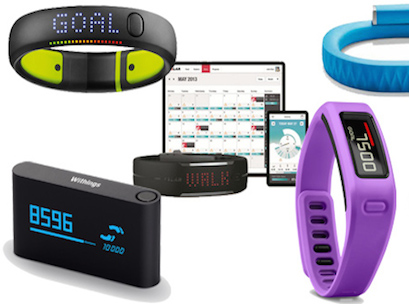Nearly 19,000 health fitness trackers were sold in Singapore in the last six months as wearable technology meets fitness fad.
According to data from research house GfK, the tracker market was worth more than US$2.3 million during the last six months,as increasing numbers of enthusiasts are slowly, but surely picking up the new ‘tech toy’.
More than 100 units were sold every day between September and February.
GfK commenced point of sales tracking of health and fitness trackers soon after the product entered the mainstream market and started witnessing rising consumer receptivity. At its peak month in December 2014, over 5200 of the gadgets were sold -generating more than US$530,000 in overall sales in one month alone.
“Still considered at the infancy stage of the product lifecycle as it has barely been a year since the product has been launched here, the health and fitness tracker is currently appealing to the tech-savvy early adopters,” said Gerard Tan, account director for Digital World at GfK. “However, since GfK started tracking sales of the product in September, we have witnessed stable demand, growing the market steadily in into an approximate US$2 million business in the six month span.”
GfK reports eight major brands of health and fitness trackers offering nearly 50 models in Singapore. A comparison of monthly sales performance in the six months revealed some emerging preferences among local consumers. For instance, devices that are equipped with a wireless feature have been consecutively rising in share of sales volume, from 54 per cent in September to 76 per cent in the latest month.
And there is growing demand for models which come with the heart rate sensor. In February 2015, two in every five health and fitness trackers purchased have this feature – compared to just six per cent six months ago.
“Consumers in our developed market are receptive towards the new wearable technology and manufacturers continue to actively launch their flagship models in Singapore first for the Asia region,” said Tan. “As the market starts getting increasingly crowded, manufacturers will need to identify their distinct fitness tracking feature or move away from the traditional form factor to create new wearable designs and experiences in order to stand out and gain edge in the market,” he concluded.






